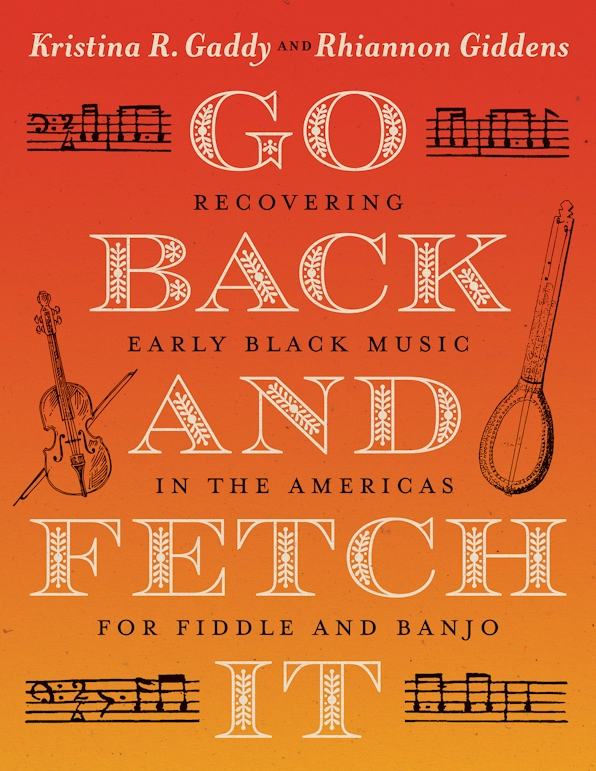Rhiannon mentioned earlier how so many of these sources are ephemeral. Are there techniques you’ve learned along the way, places you might not expect at first to be fruitful ground that turned out to be?
KG: I think the one thing that I’ve come to realize is that whoever’s writing the source has to be interested in music. And that should seem so obvious, but actually it took me a while to figure that out. Somebody either writes about music and dance all the time, or they don’t, and there’s not really an in-between. I feel as though I can quickly tell now whether one of these historic sources is going to be caring about music, but in terms of finding new stuff, you just have to keep hoping that you’re going to find something. Many years ago, I worked at a historical society in West Virginia, and the man I worked for there described it: “You got to kind of just hope that there’s gold at the bottom of the box.” And if you don’t think that there’s going to be gold, you’re not going to go through all of it. And I think that’s how I approach it. And even if you don’t find that gold, you find a lot of interesting stuff along the way. I think archeology is the best metaphor because we’re trying to piece this together and understand it better.
RG: It really is archeology. It’s like every other science, you make guesses based on the amount of data that you have, and each piece of new data will confirm or deny that guess. The whole point of research is to eventually change your mind if you’re wrong. But it’s very rarely in the work of one person. Which is why, again, a diversity of viewpoints—everybody’s bringing a way of looking at things, and ultimately you get the full picture from the community. For the music that I’m writing, the opera [Omar] that I wrote, a lot of that is based on research that I didn’t do. Really, the act of history is also an act of creation. It’s all this picture that we’re all filling bits and pieces in.
KG: It’s clear that we share that attitude. And I think one of the things that’s the most important about doing research in this music is being able to sit with two contradictory ideas. Like, okay, on the one hand, Frank Converse wrote down this piece [“Throw the Banjo Out of Tune”] from a Black banjo player and basically credited him with his career, saying, “I heard this guy, he was so amazing, that’s why I wanted to play banjo.” And then also he’s a blackface minstrel himself. Those two things are both true. We can’t just say, Well, let’s forget about the fact that he was a minstrel, or Let’s forget about the fact that he was inspired by Black people. You have to be able to hold both of those.
